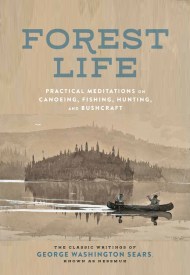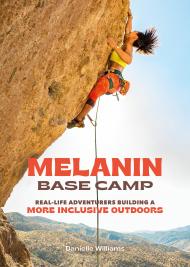Promotion
Use code MOM24 for 20% off site wide + free shipping over $45
How to Camp in the Woods
A Complete Guide to Finding, Outfitting, and Enjoying Your Adventure in the Great Outdoors
Contributors
Formats and Prices
Price
$21.99Price
$28.99 CADFormat
Format:
- Hardcover $21.99 $28.99 CAD
- ebook $12.99 $15.99 CAD
This item is a preorder. Your payment method will be charged immediately, and the product is expected to ship on or around May 7, 2019. This date is subject to change due to shipping delays beyond our control.
Also available from:
Immerse yourself in the natural world with How to Camp in the Woods, the book StarTribune says “does all but set up the tent.”
Perfect for everyone from novices to boondockers, How to Camp in the Woods compiles contemporary and classic wisdom, practical tips, and illustrated DIY advice on every aspect of equipping, packing, setting up camp, cooking, and improvising no matter where you are in the great outdoors. How to Camp in the Woods will teach readers:
- Camping and survival basics including fire building, essential knots, site finding, wilderness first aid/CPR, map/compass reading, and camping off the grid.
- Essential gear, packing light, recommendations for DIY if you’ve left something behind, and how to keep everything relatively clean.
- Guides to camping comfortably in all seasons and weather, as well as tips and etiquette for camping around the world, including with pets and kids.
- Tips for enhancing the experience, including recipes for easy and inexpensive meals from 25 base ingredients, stargazing essentials, fireside games and songs, bird-watching, and the perfect campfire reading list.
Genre:
- On Sale
- May 7, 2019
- Page Count
- 304 pages
- Publisher
- Black Dog & Leventhal
- ISBN-13
- 9780316420815
Newsletter Signup
By clicking ‘Sign Up,’ I acknowledge that I have read and agree to Hachette Book Group’s Privacy Policy and Terms of Use









